My research is all about using statistics and machine learning to help improve the healthcare system. Most of my work involves using electronic healthcare records to help clinicians and patients to make better treatment decisions. I work across a range of clinical areas, but mainly healthy ageing, multimorbidity, and mental-physical health.
I also do some work on medical imaging and use of video analysis.
I am currently:
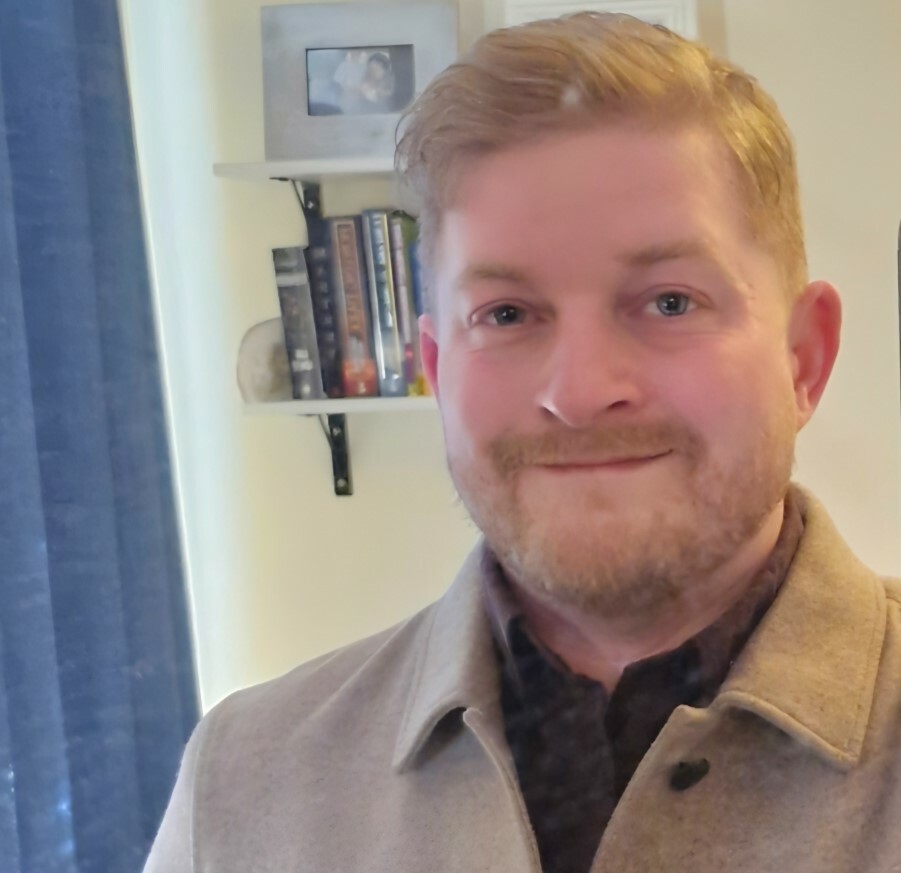
Statistical and AI models become more error prone over time. The PREDICT project (Pragmatic Recalibration and Evaluation of Drift In Clinical Tools) aims to investigate how we can monitor these tools to ensure they work well for everyone. The MHRA, TPP, and EMIS are key stakeholders for the results.
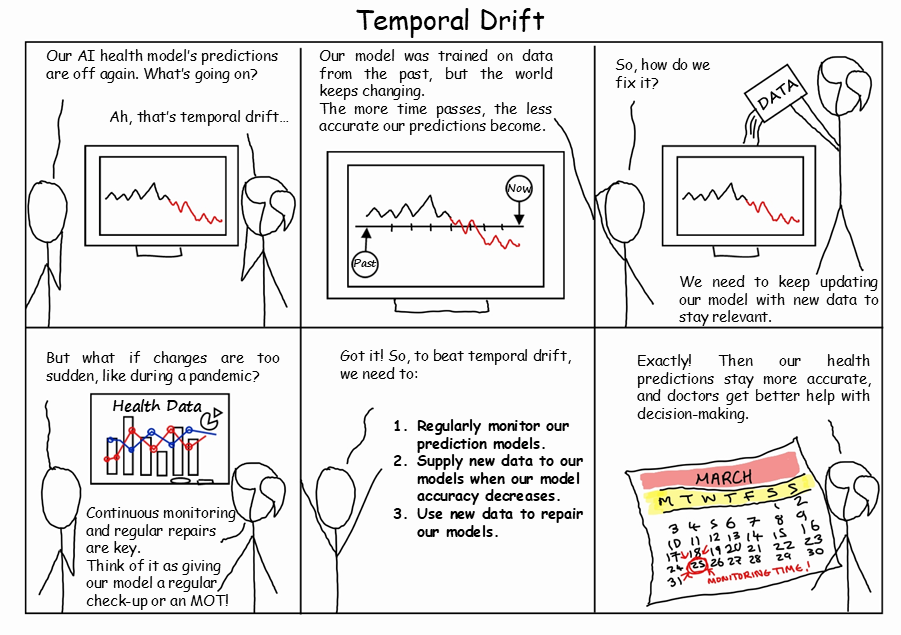
Frailty and healthy ageing are huge issues across the health sector. These two linked projects develop tools used across the UK by GPs to 1) assess frailty objectively for the elderly population, and 2) accurately predict the risk of serious falls, homecare needs, and nursing home admission to help make better treatment and planning decisions.
eFI2 is available nationwide within the EMIS and SystmOne primary care systems.
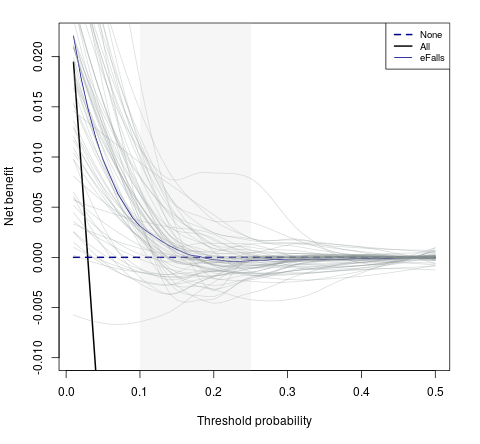
Osteoarthritis impacts millions of people across the UK and is a growing concern. We have two PhD projects using data from the Osteoarthritis Initiative (containing thousands of MRI scans over a ten year period) to investigate two main hypothesis. Firstly, the relationship of damage to the meniscus (shock absorber) and pain in the knee. Secondly, to understand how laxity or looseness in the knee might be related to increased pain and loss of function.
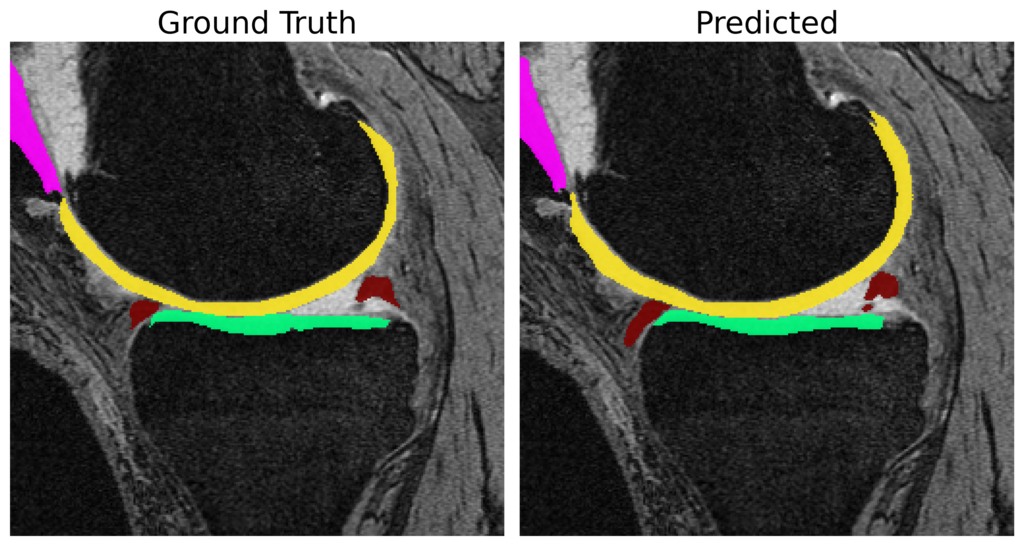
Lymph nodes for rectal cancer are very hard to detect by radiologists, and determining whether or not they are metastatic is even harder. We are using AI techniques including CNNs and VAEs to build models to aid in the radiological diagnostic process, and give clear feedback as to WHY we believe each lymph node to be metastatic, or not.
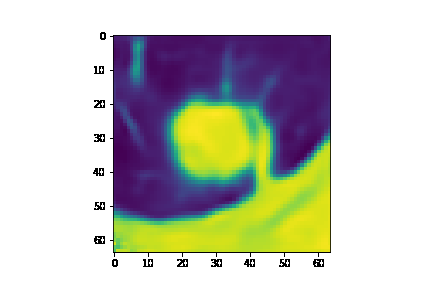
The FUSED project (Frequent USers of the Emergency Department) aims to help people who feel they have no choice but to use the emergency department far more frequently than usual. Typically this is because they feel unable to have their issues resolved elsewhere. The project takes a multi-pronged approach by doing detailed interviews with frequent users, and investigating hospital records to look at the effectiveness of proposed interventions.
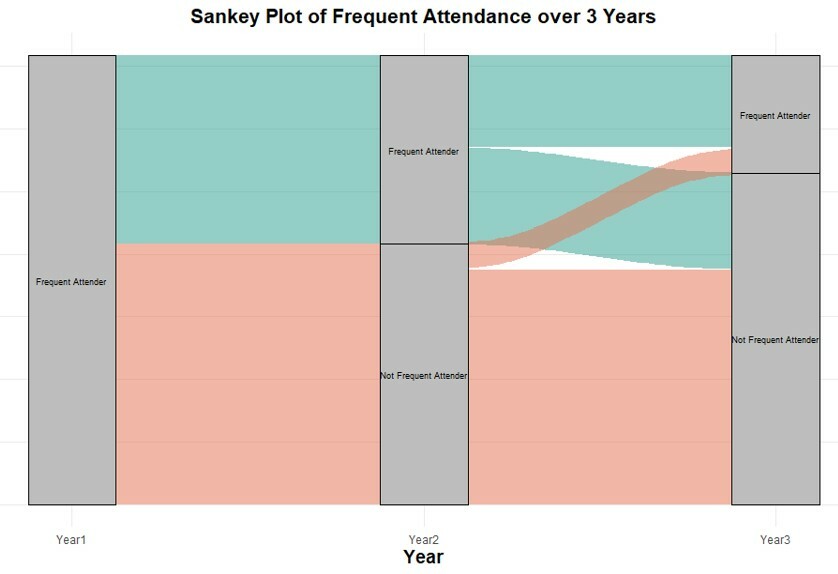
Using smartphones, we are able to track and measure tremor in the hands - a key sign of Parkinson's disease. We can analyse this tremor using timeseries analysis to help clinicians make diagnoses for difficult cases with early-state disease.
Previous work (see right) has shown that there is high variability in clinical rating of tremor, showing the need for more objective measurements like those we propose.
We are currently starting to apply similar video analysis techniques to other neurological diseases including motor neurone disease, and developmental disorders in children.
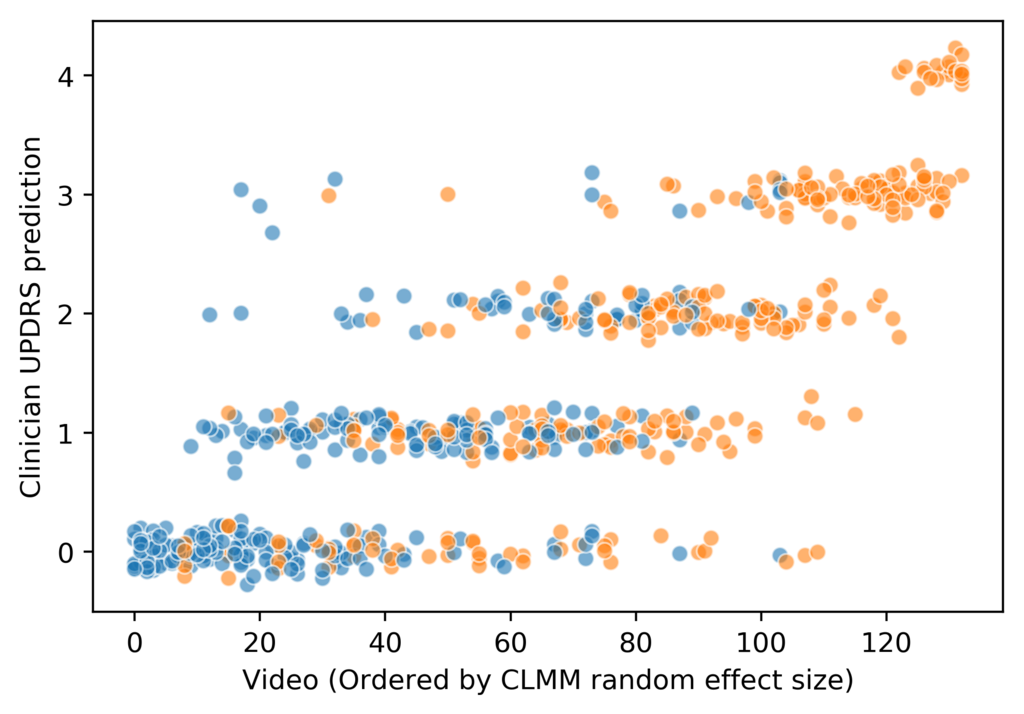
You can find my full list of publications on Google Scholar.
A few of my favourite ones are linked below.
As part of the NLAFET project (funded through Horizon 2020) we aimed to deliver a linear algebra library capable of exascale performance on distributed, heterogeneous architectures.
This involved parallel computing using GPUs, Xeon Phis, and other accelerators combined with traditional multi-core parallellism and MPI. The project also aims to make advances in offline (and online) autotuning, algorithm-based fault tolerance, and other issues related to modern HPC.
We build the Batch BLAS (Basic Linear Algebra Subroutines), which are a fundamental underpinning of software libraries for statistical and AI-based modelling. These algorithms are run billions of times per day, with custom implementations on Intel, NVIDIA, and ARM hardware.
Before that my research was focused on matrix functions - a generalization of functions like the exponential and logarithm to square matrices that retains their useful properties. I'm interested in all aspects of such functions, from theoretical properties and algorithm design to discovering new applications and computer programming. Some of my algorithms have been incorporated in the MATLAB, NAG and SciPy libraries.
Dr Stefan Williams (Finished 2022) - Computer Vision of Video to Measure Bradykinesia and Tremor in Parkinson's Disease
Zoe Hancox (Finished 2025) - Temporal graph-based convolutional neural networks for electronic health records
Benjamin Keel (Ongoing) - Explainable AI for identifying metastatic lymph nodes in rectal cancer patients
Oliver Mills (Ongoing) - Application of convolutional neural networks to investigate the meniscus within osteoarthritis using MRI imaging
James Battye (Ongoing) - Correlating the pose and laxity of the knee with pain in osteoarthritis using MRI images
Anna Taylor (Ongoing) - Investigating the relationship between cancer pain and depression
Dan Romeu (Ongoing) - Understanding frequent attendance at the emergency department in young adults who self harm